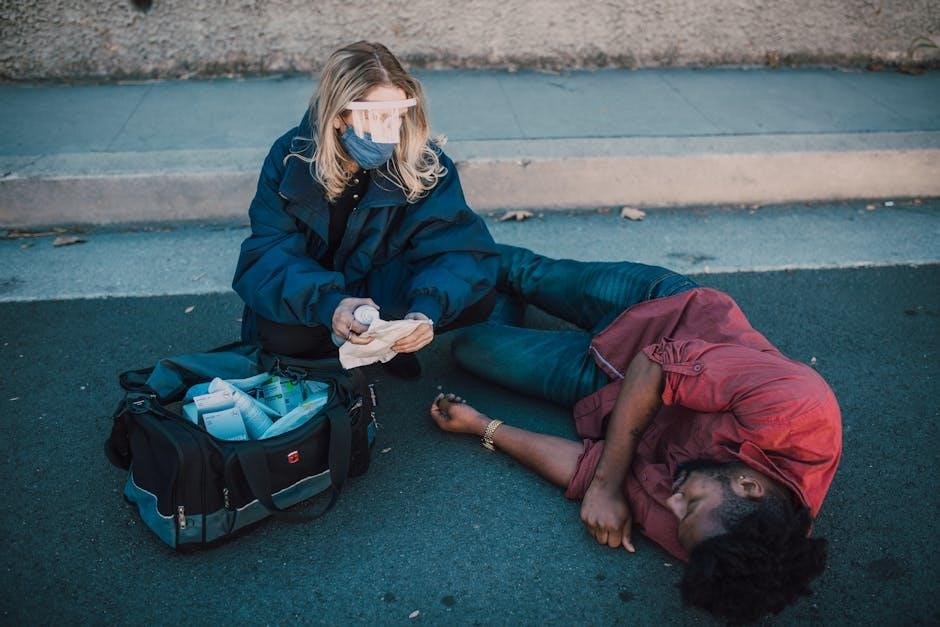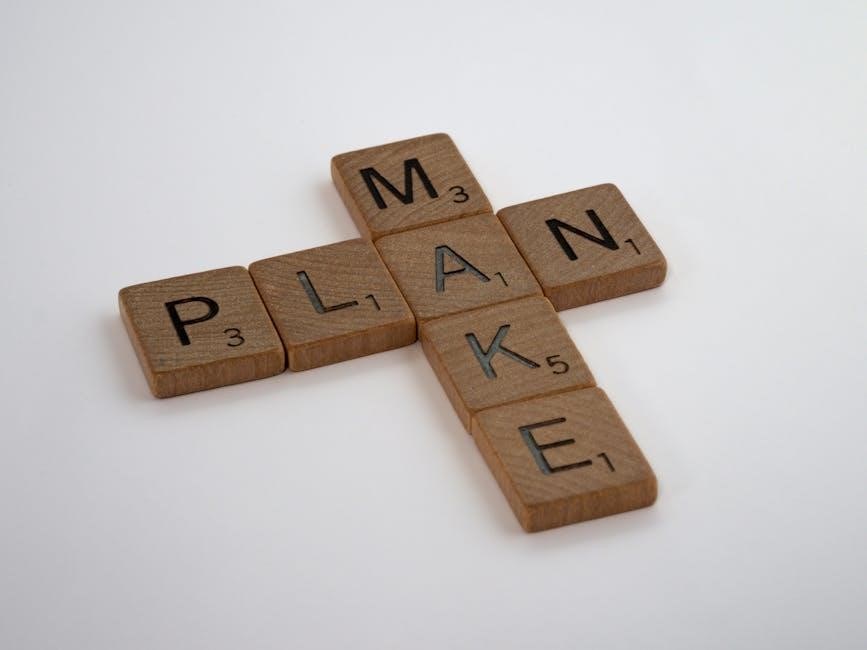Liz Lerman Critical Response Process is a method for getting useful feedback on anything made‚ described by Liz Lerman and John Borstel in their guide.
Background Information
Liz Lerman Critical Response Process has its roots in the organization Dance Exchange‚ founded by Liz Lerman in 1976. The process was developed as a way to provide constructive feedback on artistic works-in-progress. According to Liz Lerman‚ the process is a method for getting useful feedback on anything you make‚ from dance to dessert. The guide‚ written by Liz Lerman and John Borstel‚ outlines the steps for implementing the Critical Response Process. The process has been widely recognized and is used in various fields‚ including dance‚ theater‚ and education. The background information on the Critical Response Process provides a foundation for understanding its development and implementation. The process has evolved over time‚ with Liz Lerman and her colleagues continually refining and improving it. The guide provides a comprehensive overview of the process and its applications. The Critical Response Process is a valuable tool for artists and educators.
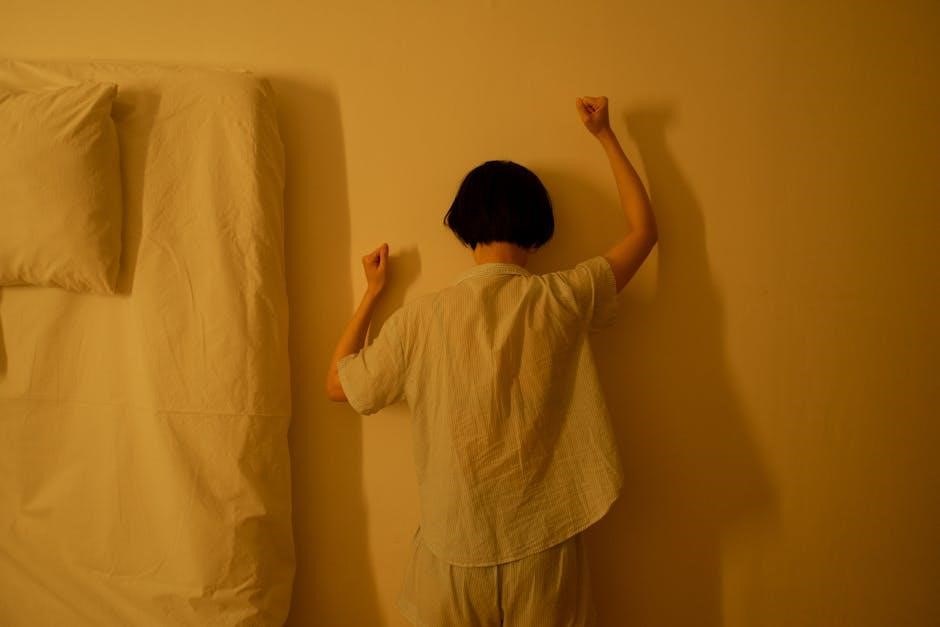
Philosophy of Critical Response Process
Meaning is at the heart of artists’ work‚ guiding the Critical Response Process philosophy and approach to feedback and critique‚ always considering the artist’s intent.
Meaning at the Heart of Artists Work
The Critical Response Process emphasizes the importance of understanding the meaning at the heart of artists’ work‚ as this is what drives their creative decisions and intentions. By focusing on the meaning and intent behind a work‚ the Critical Response Process aims to provide feedback that is relevant and useful to the artist. This approach recognizes that art is not just about technical skill‚ but about conveying ideas‚ emotions‚ and experiences. The meaning at the heart of artists’ work is what gives their creations depth‚ significance‚ and resonance‚ and it is this meaning that the Critical Response Process seeks to honor and respect. This philosophy is central to the process‚ guiding the way feedback is given and received. The process is designed to support artists in their creative endeavors.
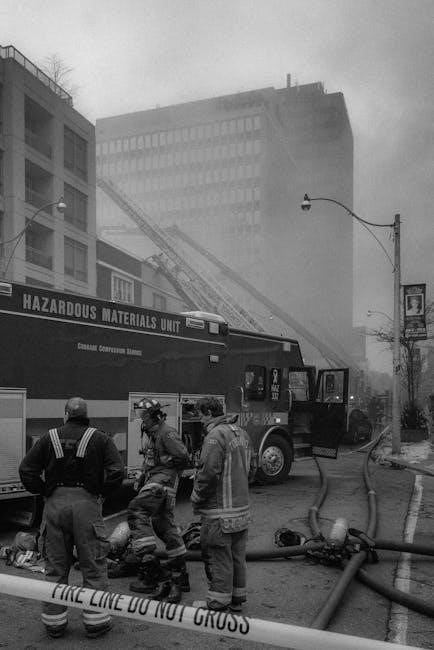
Methodology of Critical Response Process
Liz Lerman’s Critical Response Process involves a structured approach to giving feedback on artistic works.
Four-Step Process
The Critical Response Process is based on a four-step process that helps to facilitate constructive feedback on artistic works. This process involves a series of steps that are designed to help the artist receive useful and meaningful feedback. The steps are guided by a facilitator and involve a combination of statements and questions. The process begins with a statement of meaning‚ where the artist shares their intentions and goals for the work. The next step involves a description of the work‚ where the artist shares their thoughts and feelings about the work; The third step involves a series of neutral questions‚ where the facilitator asks questions to help clarify the artist’s intentions. The final step involves a discussion of opinions‚ where the participants share their thoughts and opinions about the work. This process helps to create a safe and supportive environment for artists to receive feedback.

Applications of Critical Response Process
Critical Response Process applies to various artistic works and disciplines‚ including dance and lectures‚ to facilitate constructive feedback and improvement always online.
Artistic Works-in-Progress
Liz Lerman’s Critical Response Process helps to shape constructive dialogues about works-in-progress‚ using a series of steps guided by a facilitator to provide useful feedback.
The process is designed to nurture the development of artistic works‚ whether it’s a dance‚ a lecture‚ or any other creative project.
By applying the Critical Response Process‚ artists can receive constructive feedback on their work‚ identify areas for improvement‚ and refine their craft.
The process is flexible and can be adapted to various artistic disciplines‚ making it a valuable tool for artists and creatives.
The Critical Response Process has been widely recognized as a valuable method for giving and getting feedback on work in progress‚ and has been applied in various contexts‚ including dance‚ theater‚ and visual arts.
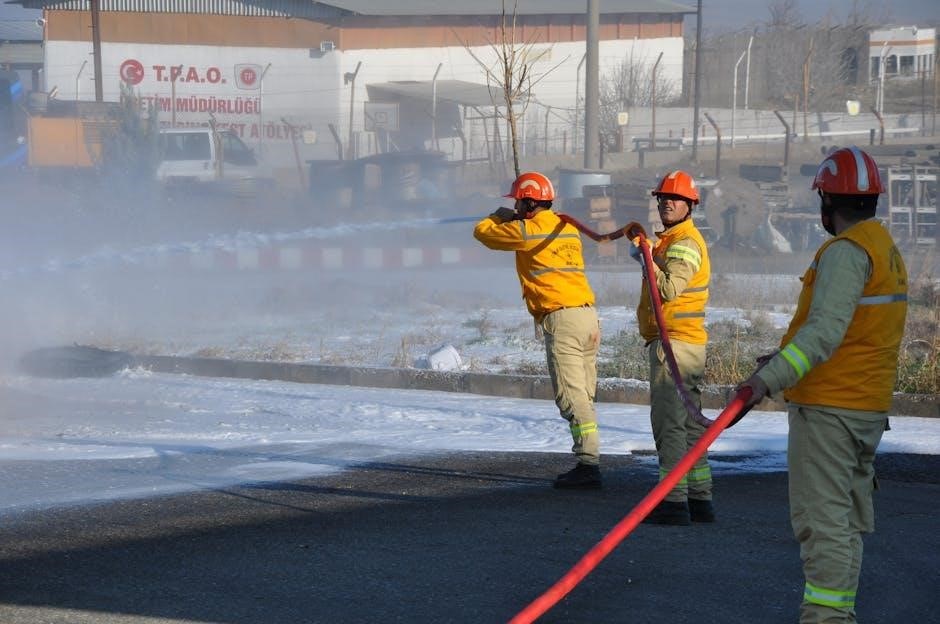
History of Critical Response Process
Liz Lerman founded Dance Exchange in 1976‚ where the Critical Response Process originated and evolved over time with her colleague John Borstel.
Origins at Dance Exchange
The Critical Response Process originated at Dance Exchange‚ an organization founded by Liz Lerman in 1976. This is where the process was developed and refined over time.
The organization provided a platform for artists to share their work and receive feedback‚ which led to the creation of the Critical Response Process.
Liz Lerman and her colleagues‚ including John Borstel‚ played a significant role in shaping the process.
The Dance Exchange provided a supportive environment for artists to experiment and innovate‚ which was essential for the development of the Critical Response Process.
The process has since been widely adopted and is used in various fields‚ including dance‚ theater‚ and visual arts.
It has become an essential tool for artists and organizations‚ helping to foster creativity and innovation.
The origins of the Critical Response Process at Dance Exchange are a testament to the organization’s commitment to artistic excellence and innovation.
Key Principles of Critical Response Process
Artist control and meaning are central to the Critical Response Process methodology and practice every day.
Artist Control and Meaning
The Critical Response Process emphasizes the importance of artist control and meaning in the feedback process‚ allowing artists to maintain autonomy over their work.
This approach prioritizes the artist’s intentions and vision‚ ensuring that feedback is relevant and constructive.
By focusing on meaning‚ the process encourages a deeper understanding of the artist’s work‚ fostering a more informed and nuanced discussion.
The artist’s control over the process also helps to build trust and confidence‚ creating a safe and supportive environment for feedback and growth.
This approach is essential in nurturing the development of artistic works-in-progress‚ as it allows artists to refine their ideas and vision without compromising their artistic integrity.
The Critical Response Process provides a framework for constructive dialogue‚ where artist control and meaning are paramount‚ and feedback is tailored to support the artist’s creative goals.
Evaluation of Critical Response Process
Liz Lerman’s method evaluates utility and effectiveness of feedback on artistic works.
Utility and Effectiveness
The Critical Response Process has been evaluated for its utility and effectiveness in providing feedback on artistic works. According to the guide‚ this method helps to shape constructive dialogues about works-in-progress. The process is designed to be useful for getting feedback on anything made‚ from dance to dessert. The utility of the Critical Response Process lies in its ability to provide meaningful and constructive feedback that is helpful to the artist. The effectiveness of the process is evident in its widespread recognition and adoption in various artistic fields. The guide provides a detailed explanation of the process and its application‚ making it a valuable resource for artists and critics alike. Overall‚ the Critical Response Process is a valuable tool for evaluating and improving artistic works. Its utility and effectiveness have been demonstrated through its successful application in various contexts.
Critical Response Process is a valuable method for feedback and evaluation of artistic works‚ as described by Liz Lerman and John Borstel in their guide online.
The Critical Response Process is a method for giving and getting feedback on work in progress‚ developed by Liz Lerman and John Borstel; This process helps to shape constructive dialogues about works-in-progress‚ using a series of steps guided by a facilitator. The process is designed to nurture the development of artistic works-in-progress‚ and can be applied to a wide range of creative fields. The guide written by Liz Lerman and John Borstel provides a comprehensive overview of the Critical Response Process‚ including its principles and applications. The process has been widely recognized as a valuable tool for artists and creatives‚ and has been used in a variety of settings‚ including dance‚ theater‚ and visual arts. The Critical Response Process is a valuable resource for anyone looking to improve their creative work.
